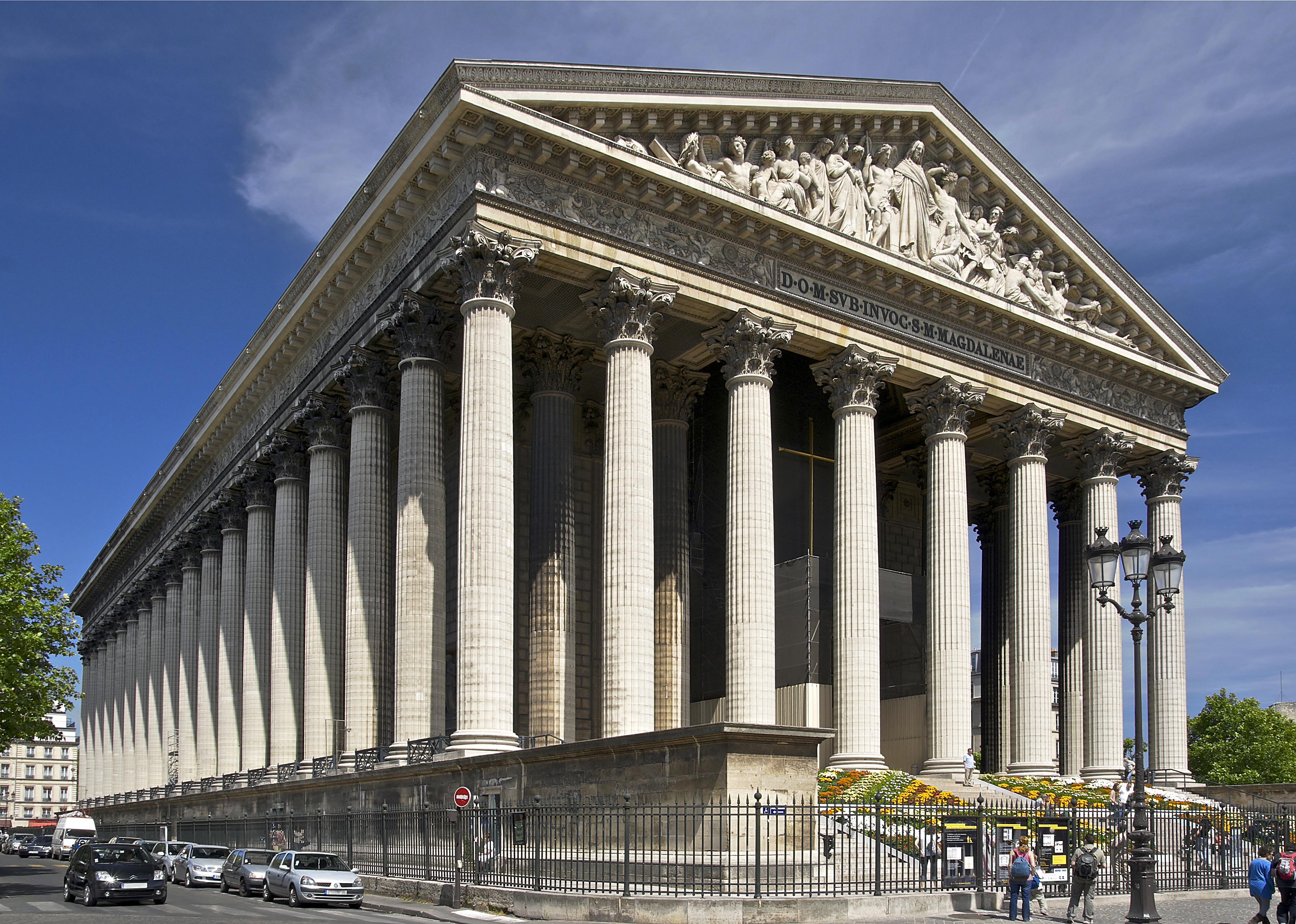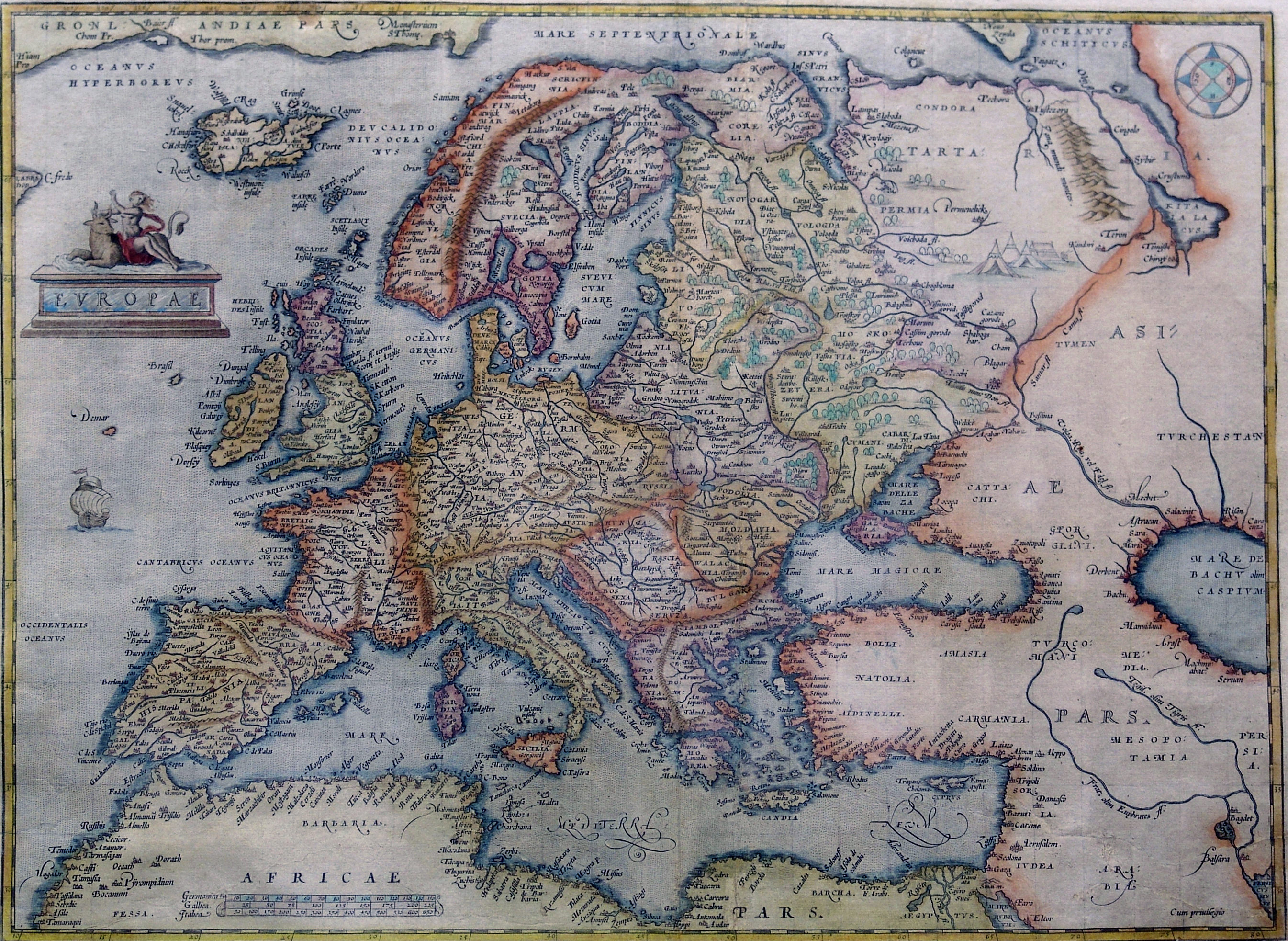|
Intimate Parts
An intimate part, personal part or private part is a place on the human body which is customarily kept covered by clothing in public venues and conventional settings, as a matter of fashion and cultural norms. In several cultures, revealing these parts is seen as a religious offence. Definitions vary, but usually they are primarily the parts involved in sexual arousal, procreation, and elimination of excreta and related matter, including:Intimate parts Law Insider. Access date 2022-07-10. *for both sexes: the buttocks, anus, perineum, [...More Info...] [...Related Items...] OR: [Wikipedia] [Google] [Baidu] |
Clothing
Clothing (also known as clothes, apparel, and attire) are items worn on the human body, body. Typically, clothing is made of fabrics or textiles, but over time it has included garments made from animal skin and other thin sheets of materials and natural products found in the environment, put together. The wearing of clothing is mostly restricted to human beings and is a feature of all human societies. The amount and type of clothing worn depends on gender, body type, social factors, and geographic considerations. Garments cover the body, footwear covers the feet, gloves cover the hands, while hats and headgear cover the head. Eyewear and jewelry are not generally considered items of clothing, but play an important role in fashion and clothing as costume. Clothing serves many purposes: it can serve as protection from the elements, rough surfaces, sharp stones, rash-causing plants, insect bites, by providing a barrier between the skin and the environment. Clothing can insulate a ... [...More Info...] [...Related Items...] OR: [Wikipedia] [Google] [Baidu] |
Nudity
Nudity is the state of being in which a human is without clothing. The loss of body hair was one of the physical characteristics that marked the biological evolution of modern humans from their hominin ancestors. Adaptations related to hairlessness contributed to the increase in brain size, bipedalism, and the variation in human skin color. While estimates vary, for at least 90,000 years anatomically modern humans were naked. The invention of clothing was part of the transition from being not only anatomically but Behavioral modernity, behaviorally modern. Clothing and body adornments were elements in non-verbal communication reflecting social status and individuality. Through much of history until the late modern period, people might be unclothed in public by necessity or convenience either when engaged in effortful activity, including labor and athletics; or when bathing or swimming. Such functional nudity occurred in groups that were usually but not always Sex segregat ... [...More Info...] [...Related Items...] OR: [Wikipedia] [Google] [Baidu] |
Criminal Justice
Criminal justice is the delivery of justice to those who have been accused of committing crimes. The criminal justice system is a series of government agencies and institutions. Goals include the rehabilitation of offenders, preventing other crimes, and moral support for victims. The primary institutions of the criminal justice system are the police, prosecution and defense lawyers, the courts and the prisons system. Criminal justice system Definition The criminal justice system consists of three main parts: #Law enforcement agencies, usually the police #Courts and accompanying prosecution and defence lawyers #Agencies for detaining and supervising offenders, such as prisons and probation agencies. In the criminal justice system, these distinct agencies operate together as the principal means of maintaining the rule of law within society. Law enforcement The first contact a defendant has with the criminal justice system is usually with the police (or ''law enforcement' ... [...More Info...] [...Related Items...] OR: [Wikipedia] [Google] [Baidu] |
Sociology
Sociology is a social science that focuses on society, human social behavior, patterns of social relationships, social interaction, and aspects of culture associated with everyday life. It uses various methods of empirical investigation and critical analysis to develop a body of knowledge about social order and social change. While some sociologists conduct research that may be applied directly to social policy and welfare, others focus primarily on refining the theoretical understanding of social processes and phenomenological method. Subject matter can range from micro-level analyses of society (i.e. of individual interaction and agency) to macro-level analyses (i.e. of social systems and social structure). Traditional focuses of sociology include social stratification, social class, social mobility, religion, secularization, law, sexuality, gender, and deviance. As all spheres of human activity are affected by the interplay between social structure and individu ... [...More Info...] [...Related Items...] OR: [Wikipedia] [Google] [Baidu] |
Exhibitionism
Exhibitionism is the act of exposing in a public or semi-public context one's intimate parts – for example, the breasts, genitals or buttocks. The practice may arise from a desire or compulsion to expose themselves in such a manner to groups of friends or acquaintances, or to strangers for their amusement or sexual satisfaction, or to shock the bystander. Exposing oneself only to an intimate partner is normally not regarded as exhibitionism. In law, the act of exhibitionism may be called indecent exposure, "exposing one's person", or other expressions. History Public exhibitionism by women has been recorded since classical times, often in the context of women shaming groups of men into committing, or inciting them to commit, some public action. The ancient Greek historian Herodotus gives an account of exhibitionistic behaviors from the fifth century BC in '' The Histories''. Herodotus writes that: When people travel to Bubastis for the festival, this is what they do. Eve ... [...More Info...] [...Related Items...] OR: [Wikipedia] [Google] [Baidu] |
Hanafi
The Hanafi school ( ar, حَنَفِية, translit=Ḥanafiyah; also called Hanafite in English), Hanafism, or the Hanafi fiqh, is the oldest and one of the four traditional major Sunni schools ( maddhab) of Islamic Law (Fiqh). It is named after the 8th century Kufan scholar, Abu Hanifa, a Tabi‘i of Persian origin whose legal views were preserved primarily by his two most important disciples, Imam Abu Yusuf and Muhammad al-Shaybani. It is considered one of the most widely accepted maddhab amongst Sunni Muslim community and is called the ''Madhhab of Jurists'' (maddhab ahl al-ray). The importance of this maddhab lies in the fact that it is not just a collection of rulings or sayings of Imam Abu Hanifa alone, but rather the rulings and sayings of the council of judges he established belong to it. It had a great excellence and advantage over the establishment of Sunni Islamic legal science. No one before Abu Hanifa preceded in such works. He was the first to solve the c ... [...More Info...] [...Related Items...] OR: [Wikipedia] [Google] [Baidu] |
Western Culture
image:Da Vinci Vitruve Luc Viatour.jpg, Leonardo da Vinci's ''Vitruvian Man''. Based on the correlations of ideal Body proportions, human proportions with geometry described by the ancient Roman architect Vitruvius in Book III of his treatise ''De architectura''. image:Plato Pio-Clemetino Inv305.jpg, upPlato, arguably the most influential figure in all of Western philosophy and has influenced virtually all of subsequent Western and Middle Eastern philosophy and theology. Western culture, also known as Western civilization, Occidental culture, or Western society, is the Cultural heritage, heritage of social norms, ethical values, traditional customs, belief systems, political systems, Cultural artifact, artifacts and technology, technologies of the Western world. The term applies beyond Europe to countries and cultures whose histories are strongly connected to Europe by immigration, colonization or influence. Western culture is most strongly influenced by Greco-Roman culture, Germ ... [...More Info...] [...Related Items...] OR: [Wikipedia] [Google] [Baidu] |
Awrah
The intimate parts ( ar, عورة ', ar, ستر, ') of the human body must, according to Islam, be covered by clothing. Exposing the intimate parts of the body is unlawful in Islam as the Quran instructs the covering of male and female genitals, and for adult females the breasts. Exposing them is normally considered sinful. Exposing intimate parts when needed, such as going to the toilet or bathing, falls under a specific set of rules. Precisely which body parts must be covered varies among different schools of Islamic thought. Etymology In Arabic, the term '''awrah'' or '''awrat'' () derives from the root ‘-w-r, usually meaning "nakedness". In Persian and Kurdish as well as Urdu, the word'' 'awrat'' ( fa, , links=no) derived from the Arabic'' 'awrah'', had been used widely to mean "woman". Consulting Mohammad Moin's dictionary of Persian,'' 'awrah'' leads to three significations: # Something that a person is ashamed of # Young woman # Intimate body parts Other deriv ... [...More Info...] [...Related Items...] OR: [Wikipedia] [Google] [Baidu] |
Intimate Parts In Islam
The intimate parts ( ar, عورة ', ar, ستر, ') of the human body must, according to Islam, be covered by clothing. Exposing the intimate parts of the body is unlawful in Islam as the Quran instructs the covering of male and female genitals, and for adult females the breasts. Exposing them is normally considered sinful. Exposing intimate parts when needed, such as going to the toilet or bathing, falls under a specific set of rules. Precisely which body parts must be covered varies among different schools of Islamic thought. Etymology In Arabic, the term '''awrah'' or '''awrat'' () derives from the root ‘-w-r, usually meaning "nakedness". In Persian and Kurdish as well as Urdu, the word'' 'awrat'' ( fa, , links=no) derived from the Arabic'' 'awrah'', had been used widely to mean "woman". Consulting Mohammad Moin's dictionary of Persian,'' 'awrah'' leads to three significations: # Something that a person is ashamed of # Young woman # Intimate body parts Other deriva ... [...More Info...] [...Related Items...] OR: [Wikipedia] [Google] [Baidu] |
Church (building)
A church, church building or church house is a building used for Christian worship services and other Christian religious activities. The earliest identified Christian church is a house church founded between 233 and 256. From the 11th through the 14th centuries, there was a wave of church construction in Western Europe. Sometimes, the word ''church'' is used by analogy for the buildings of other religions. ''Church'' is also used to describe the Christian religious community as a whole, or a body or an assembly of Christian believers around the world. In traditional Christian architecture, the plan view of a church often forms a Christian cross; the center aisle and seating representing the vertical beam with the bema and altar forming the horizontal. Towers or domes may inspire contemplation of the heavens. Modern churches have a variety of architectural styles and layouts. Some buildings designed for other purposes have been converted to churches, while many ori ... [...More Info...] [...Related Items...] OR: [Wikipedia] [Google] [Baidu] |
History Of Europe
The history of Europe is traditionally divided into four time periods: prehistoric Europe (prior to about 800 BC), classical antiquity (800 BC to AD 500), the Middle Ages (AD 500 to AD 1500), and the modern era (since AD 1500). The first early European modern humans appear in the fossil record about 48,000 years ago, during the Paleolithic Era. People from this period left behind numerous artifacts, including works of art, burial sites, and tools, allowing some reconstruction of their society. During the Indo-European migrations, Europe saw migrations from the east and southeast. Settled agriculture marked the Neolithic Era, which spread slowly across Europe from southeast to the north and west. The later Neolithic period saw the introduction of early metallurgy and the use of copper-based tools and weapons, and the building of megalithic structures, as exemplified by Stonehenge. The period known as classical antiquity began with the emergence of the city-states of ancient Gr ... [...More Info...] [...Related Items...] OR: [Wikipedia] [Google] [Baidu] |




.jpg)



